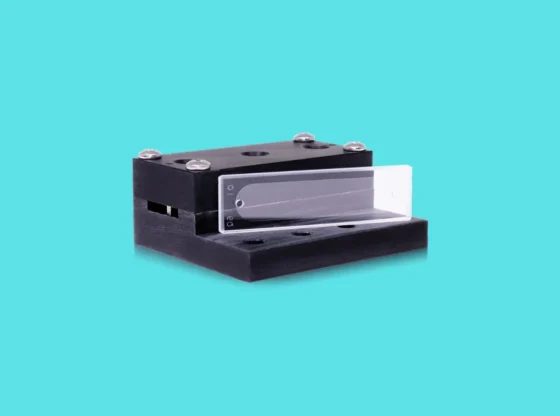In the intricate world of battery technology, where power and efficiency reign supreme, there lurks a silent threat known as “flow shorted the cell.” This phenomenon, often overlooked, has the potential to disrupt the delicate balance within battery cells, leading to catastrophic consequences. In this blog post, we will unravel the complexities of “flow shorted the cell,” explore its causes and delve into preventive measures to safeguard against its dangers.
Understanding “Flow Shorted the Cell”
“Flow shorted the cell” refers to an internal short circuit within a battery cell, disrupting the normal flow of electrical current. Unlike external short circuits, which occur between the terminals of a battery, “flow shorting” happens within the cell itself. This can occur due to various factors, including manufacturing defects, physical damage, or electrochemical reactions within the cell.
Causes of “Flow Shorted the Cell”
- Manufacturing Defects: Errors during the production process, such as impurities in electrode materials or improper assembly, can create weak points within the cell structure, increasing the likelihood of flow shorting.
- Physical Damage: Accidental impacts, punctures, or exposure to extreme temperatures can compromise the integrity of battery cells, leading to internal short circuits.
- Overcharging or Overdischarging: Subjecting a battery to excessive voltage levels, either during charging or discharging cycles, can accelerate degradation and trigger internal short circuits.
- Electrolyte Contamination: Contamination of the electrolyte with foreign particles or impurities can disrupt ion flow within the cell, causing flow shorting.
The Dangers of “Flow Shorted the Cell”: The consequences of “flow shorted the cell” can be severe and far-reaching. When a cell experiences internal shorting, it can lead to rapid energy release, resulting in overheating, thermal runaway, and, in extreme cases, fire or explosion. Moreover, the release of toxic gases during thermal runaway poses additional safety hazards.
Preventive Measures
- Quality Control: Manufacturers must implement stringent quality control measures to detect and eliminate potential defects during the production of battery cells.
- Physical Protection: Designing battery packs with robust casings and protective features can minimize the risk of physical damage and punctures.
- Temperature Monitoring: Incorporating temperature sensors within battery cells can help detect overheating and prevent thermal runaway.
- Advanced Materials: Research into advanced electrode materials and electrolytes can enhance the stability and safety of battery cells, reducing the likelihood of flow shorting.
Conclusion
“Flow shorted the cell” represents a critical challenge in the realm of battery technology, posing significant risks to both devices and users. By understanding the causes and consequences of this phenomenon and implementing proactive preventive measures, we can mitigate its impact and ensure the continued safety and reliability of battery-powered systems. As we continue to push the boundaries of energy storage technology, addressing the issue of “flow shorted the cell” remains paramount in our quest for safer and more sustainable battery solutions.


